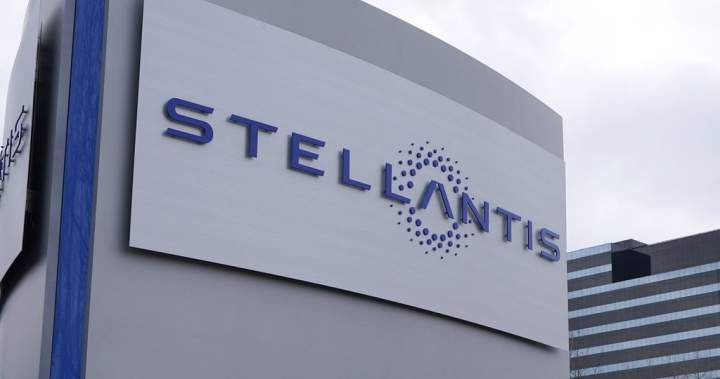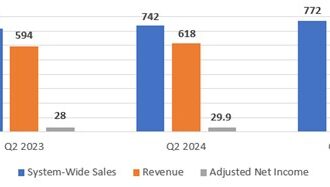The automotive landscape shifted dramatically yesterday as Stellantis, the global powerhouse behind Jeep, Ram, and Chrysler, posted an unexpected €5.1 billion net loss for the first half of 2024. The staggering financial downturn marks a jarring reversal from the €10.9 billion profit reported during the same period last year.
At the heart of this financial storm lies a perfect convergence of challenges: rising Chinese tariffs, slumping North American sales, and electric vehicle adoption rates that have failed to match ambitious corporate forecasts. CEO Carlos Tavares didn’t mince words during yesterday’s investor call, describing the current market as “volatile” and acknowledging that the company has entered “uncharted waters.”
“We’re facing unprecedented headwinds from multiple directions,” Tavares explained. “The geopolitical tensions affecting trade policies have created a particularly challenging environment for global automakers.”
Industry analysts point to Stellantis’ significant inventory problems in North America as a critical factor in the company’s stumble. Dealer lots remain packed with unsold vehicles, forcing the automaker to slash production across several key facilities. The Ram truck plant in Sterling Heights, Michigan has already announced three weeks of downtime for August, with similar measures expected at other North American facilities.
The company’s electric vehicle strategy has also failed to deliver expected results. Despite Tavares’ previous assurances that Stellantis would navigate the EV transition effectively, adoption rates have fallen significantly short of projections. The Jeep Recon and Ram 1500 REV – both centerpieces of the company’s electrification push – have faced production delays and lukewarm consumer interest.
Financial markets responded swiftly to the news, with Stellantis shares plummeting 12.8% by yesterday’s closing bell. This sharp decline added to what has already been a dismal year for the automaker’s stock, now down over 40% since January.
The company has rapidly implemented a €5 billion cost-cutting program, but industry observers question whether these measures will suffice. “This isn’t just about tightening belts,” noted Michelle Krebs, executive analyst at Cox Automotive. “Stellantis needs to fundamentally reconsider its product mix and pricing strategy in North America, where competition has never been fiercer.”
Adding to Stellantis’ challenges are the looming tariff increases between major automotive markets. The EU’s recent implementation of additional duties on Chinese-made EVs has created ripple effects throughout global supply chains, while threatened U.S. tariff hikes could further complicate the company’s international operations.
For Canadian operations, uncertainty reigns. Stellantis’ Windsor Assembly Plant, which recently received a $3.6 billion investment for electric vehicle production, now faces questions about future production schedules and workforce requirements.
As the automotive world watches this developing story, one thing remains clear: Stellantis’ path forward will require more than incremental adjustments. For a company that once dominated profitable segments of the North American market, the road ahead demands nothing short of transformational change.
The question now facing Tavares and his leadership team isn’t simply how to return to profitability – it’s whether Stellantis can reinvent itself quickly enough to thrive in an automotive future that’s arriving faster than anyone anticipated.
























